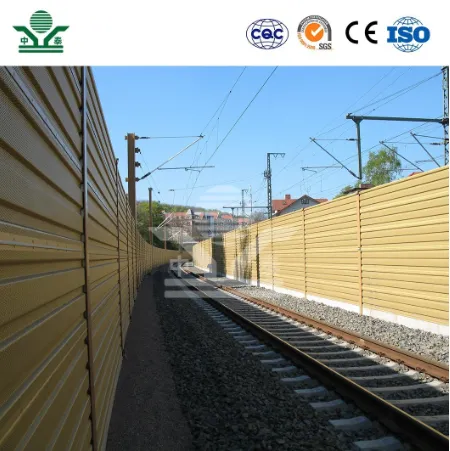Expanded Steel Grating A Versatile Solution for Modern Construction
In the world of construction and architecture, material selection plays a critical role in determining the safety, durability, and aesthetics of a structure. Among the myriad of materials available, expanded steel grating has emerged as an increasingly popular choice due to its unique properties and versatile applications. This article delves into the characteristics, benefits, and varied uses of expanded steel grating.
Expanded steel grating is produced by taking a flat sheet of steel and cutting slits into it, allowing it to be expanded into a lattice-like structure. This process not only enhances the material's strength while making it lightweight but also creates openings that provide excellent drainage and ventilation, making it ideal for various environments.
One of the standout features of expanded steel grating is its durability. Constructed from high-quality steel, it can withstand heavy loads and resist corrosion, particularly when treated with protective coatings. This makes it an excellent choice for both indoor and outdoor applications, where exposure to the elements can lead to deterioration in other materials. Furthermore, its resistance to fire and damage is an attractive aspect for safety-conscious designers and builders.
The versatility of expanded steel grating is another compelling reason for its growing popularity. It is commonly used in industrial settings, such as walkways, platforms, and stair treads, where robust flooring is essential. Its design permits easy installation and maintenance, while its slip-resistant surface ensures safety for workers in bustling environments. In addition, the open design provides superior drainage, which is vital for preventing water accumulation in areas prone to spills.
expanded steel grating

In the architectural realm, expanded steel grating has found favor among designers seeking to achieve a modern aesthetic. Its distinctive appearance adds a contemporary edge to facades, railings, and screens. Projects aiming for a blend of functionality and style can benefit greatly from incorporating expanded steel grating, which can be customized in various sizes, thicknesses, and finishes to suit specific design needs.
Beyond industrial and architectural applications, expanded steel grating is also utilized in recreational facilities. Parks and trails are increasingly incorporating this material into their walkways, picnic areas, and viewing platforms due to its lightweight nature and ease of transport. Moreover, its open design allows for the growth of grass and plants, integrating the hardscapes harmoniously with nature and promoting eco-friendly landscapes.
From a horticultural perspective, expanded steel grating can serve as an ideal support structure for climbing plants, providing both strength and space for vegetation to flourish. This adds an interesting dimension to gardens and outdoor spaces, encouraging biodiversity and enhancing visual appeal.
As we move towards a more sustainable future, the potential for expanded steel grating continues to expand. With the increasing emphasis on material sourcing and recyclability, manufacturers are exploring eco-friendly technologies to produce this material, reducing its environmental impact. Choosing expanded steel grating can thus align with broader sustainability goals, making it not only a practical but also a responsible choice for modern construction.
In conclusion, expanded steel grating stands out as a remarkable material that combines strength, versatility, and aesthetic appeal. With its wide range of applications—from industrial settings to modern architecture and landscaping—expanded steel grating is set to play a significant role in the future of construction and design. Its practical benefits, coupled with sustainable production methods, will continue to drive innovation and creativity in this ever-evolving field.
-
Why Galvanized Trench Cover Steel Grating Resists Corrosion
NewsJul.10,2025
-
The Versatility and Strength of Stainless Expanded Metal Mesh
NewsJul.10,2025
-
Load Calculations in Steel Grating Platforms
NewsJul.10,2025
-
Keeping Pets and Kids Safe with Chicken Wire Deck Railing
NewsJul.10,2025
-
Hole Diameter and Pitch for Round Perforated Metal Sheets
NewsJul.10,2025
-
Aluminium Diamond Mesh in Modern Architecture
NewsJul.10,2025
Subscribe now!
Stay up to date with the latest on Fry Steeland industry news.

